Critically Endangered Leopard Photographed In The Forest Wilderness
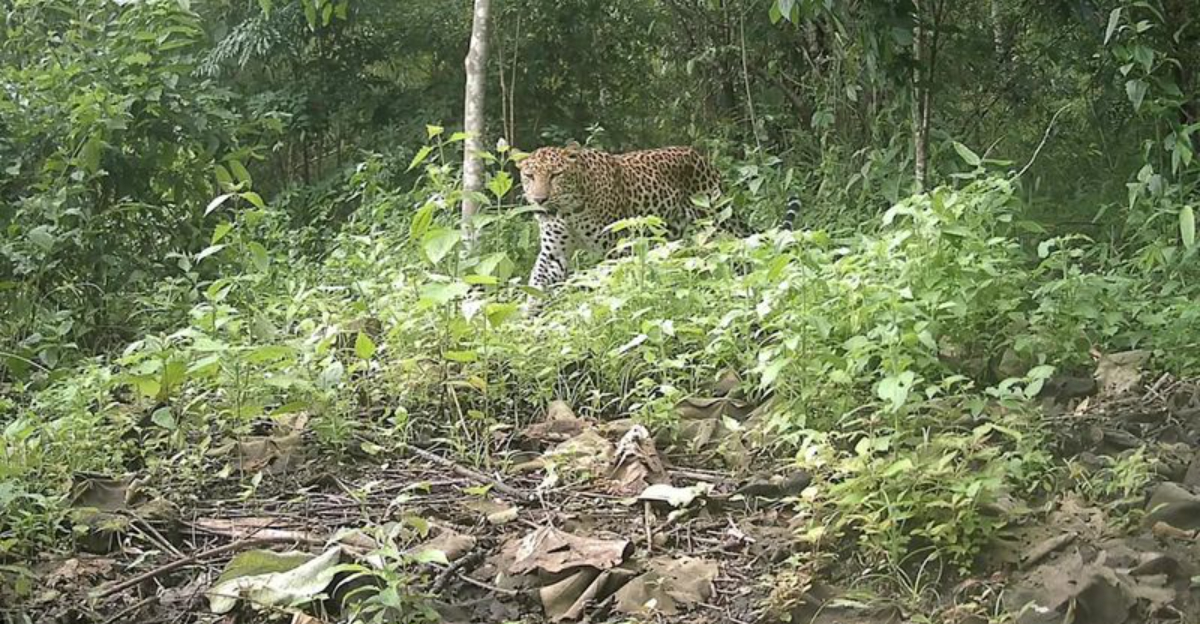
A remarkable wildlife moment has been captured in Bangladesh’s remote forests. Camera traps recently photographed a critically endangered leopard in the Chittagong Hill Tracts, providing rare visual evidence of these elusive big cats.
This discovery brings hope for conservation efforts and highlights the importance of protecting the remaining wilderness areas where these magnificent predators still roam.
Rare Sighting In Chittagong Hill Tracts
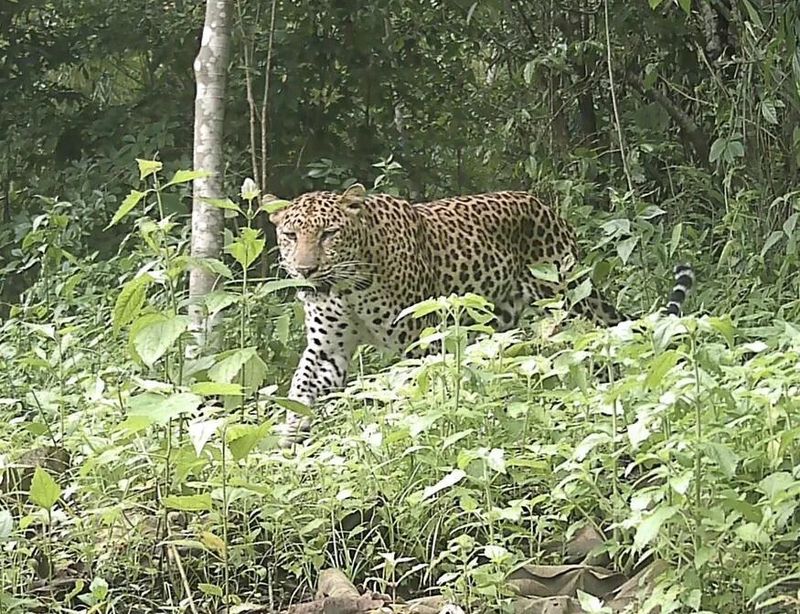
Hidden camera traps have revealed what few humans ever witness – a critically endangered leopard moving silently through Bangladesh’s remote forests. The images were captured near the borders with India and Myanmar, in one of the last strongholds for these majestic cats.
This photographic evidence confirms what many conservationists hoped: leopards still survive here, despite mounting threats.
Significance Of The Discovery
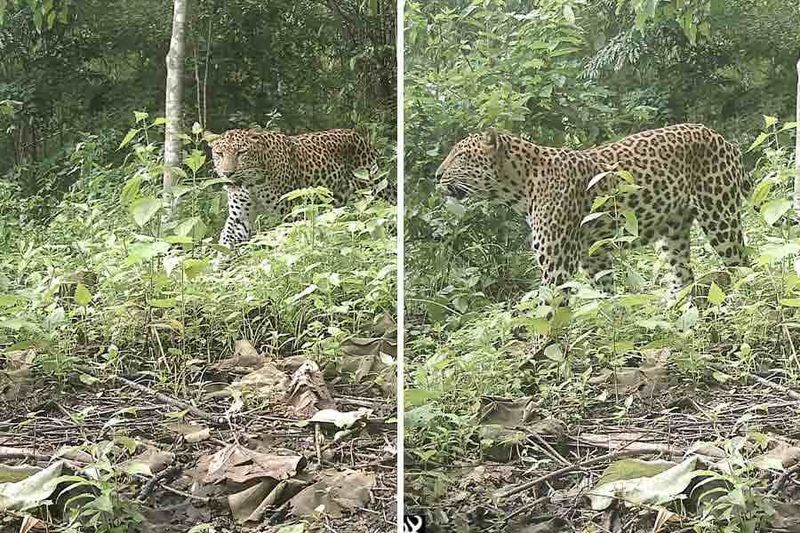
Until now, leopard existence in Bangladesh relied mainly on paw prints and fleeting glimpses reported by villagers. These photographs represent a breakthrough moment for wildlife conservation in the region.
Scientists can now confirm without doubt that these apex predators still inhabit these forests, providing crucial data for protection efforts and habitat management strategies.
Role Of Creative Conservation Alliance (CCA)
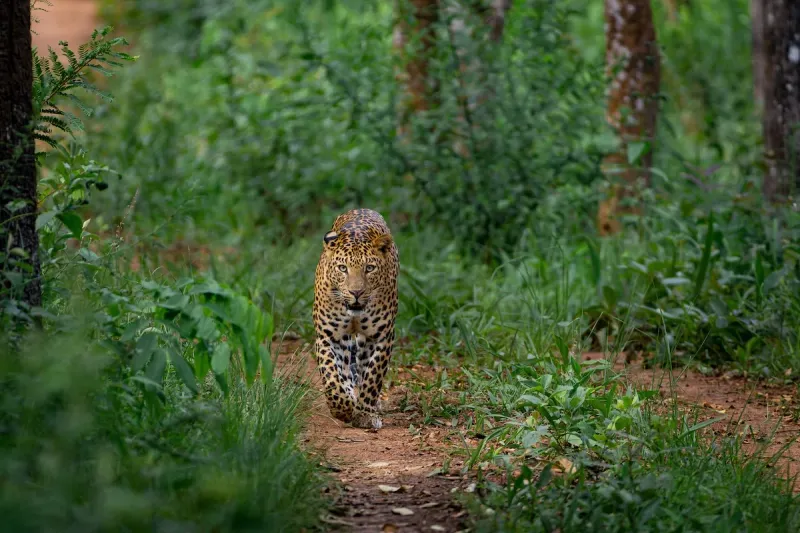
Behind this groundbreaking discovery stands the Creative Conservation Alliance, a dedicated nonprofit fighting to preserve Bangladesh’s biodiversity. Their strategic placement of camera traps throughout remote forest regions made this documentation possible.
CCA’s team works tirelessly with limited resources, demonstrating how grassroots conservation efforts can yield remarkable results even in challenging environments.
Importance Of The Sangu-Matamuhuri Reserve Forest
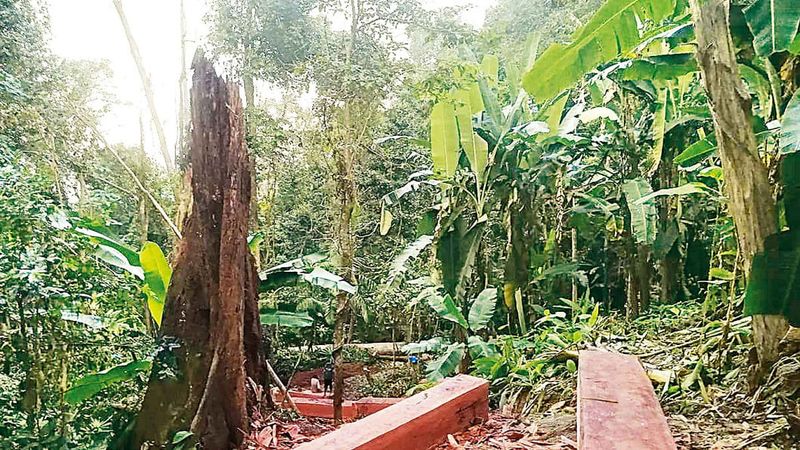
Nestled between rolling hills and flowing rivers, the Sangu-Matamuhuri Reserve Forest represents one of Bangladesh’s last wilderness frontiers.
This biodiversity hotspot harbors not just leopards but numerous endangered species clinging to existence. Ancient trees tower overhead while dense undergrowth provides perfect cover for wildlife navigating this shrinking habitat patch.
Threats To Leopard Populations
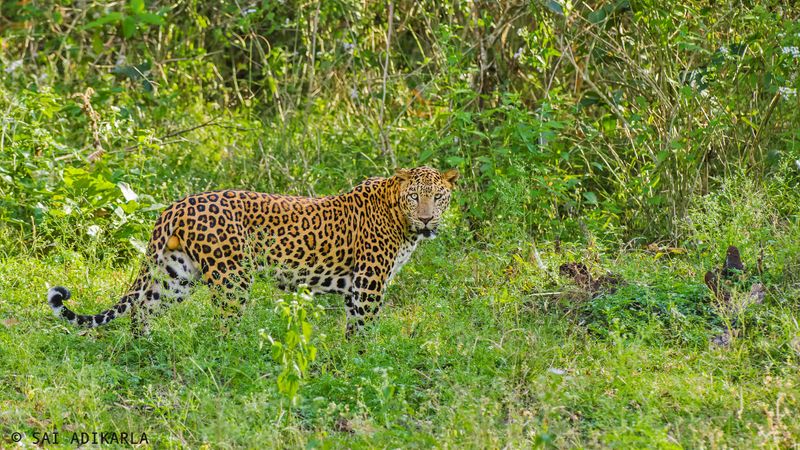
Leopards face a gauntlet of dangers in modern Bangladesh. Rampant deforestation shrinks their territory daily while poaching for pelts and body parts continues despite legal protections.
Perhaps most concerning is prey depletion – as deer and wild boar numbers plummet due to hunting, leopards struggle to find enough food. Human-wildlife conflict intensifies as desperate cats occasionally target livestock.
Conservation Efforts By CCA
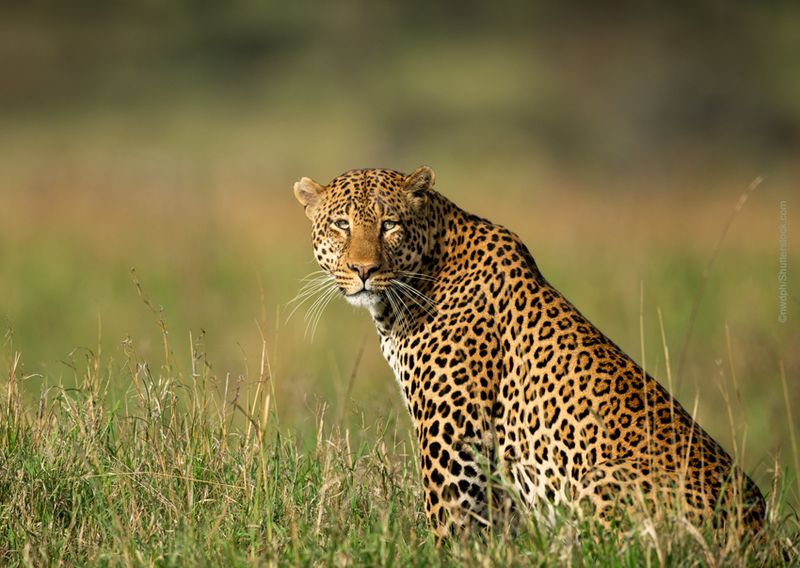
CCA’s approach extends beyond simply documenting wildlife. Their team trains former poachers as conservation guardians, creating alternative livelihoods while tapping into valuable local knowledge.
Educational programs in village schools foster pride in Bangladesh’s natural heritage. Meanwhile, sustainable farming initiatives reduce pressure on forests while helping communities thrive alongside wildlife.
Zoologist Monirul Khan’s Perspective
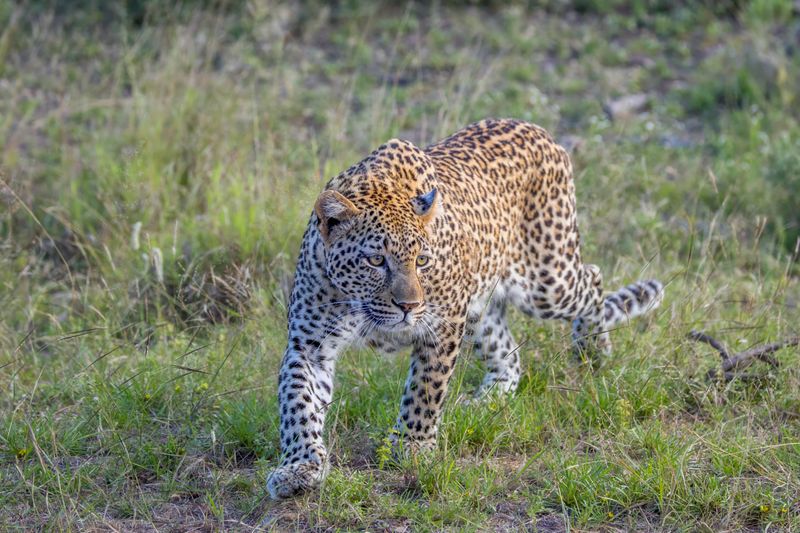
Renowned zoologist Monirul Khan expressed his excitement while examining the leopard photographs, emphasizing that each image symbolizes hope for the wilderness of Bangladesh.
His decades studying big cats make him uniquely qualified to assess this discovery’s importance. Khan emphasizes that preserving remaining forest patches isn’t optional—it’s essential for preventing complete extinction of these magnificent predators from the country.
Previous Leopard Sightings
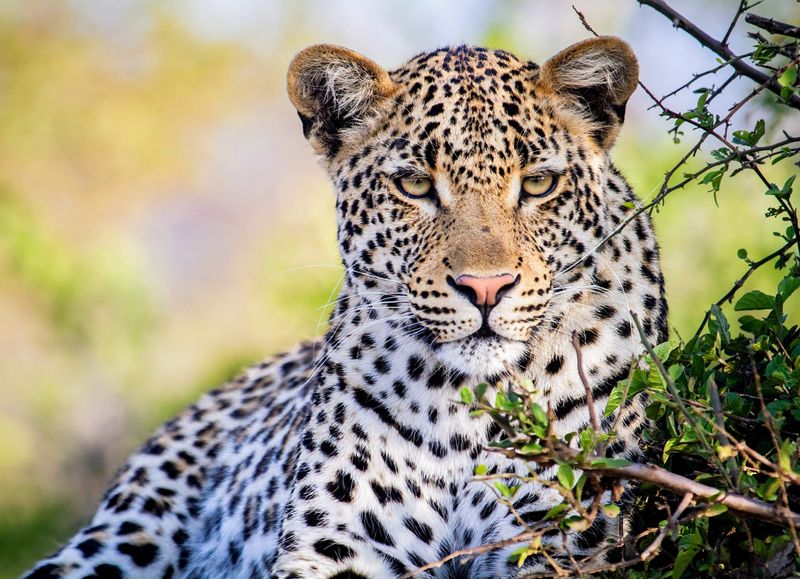
Ghostly paw prints pressed into mud. Occasional livestock kills with telltale bite marks. Fleeting shadows glimpsed at dusk by villagers. For years, these tantalizing clues suggested leopards might persist in Bangladesh’s forests.
Researchers collected plaster casts of tracks and gathered local testimonies, but definitive evidence remained elusive until these remarkable photographs emerged.
Coexistence With Indigenous Communities
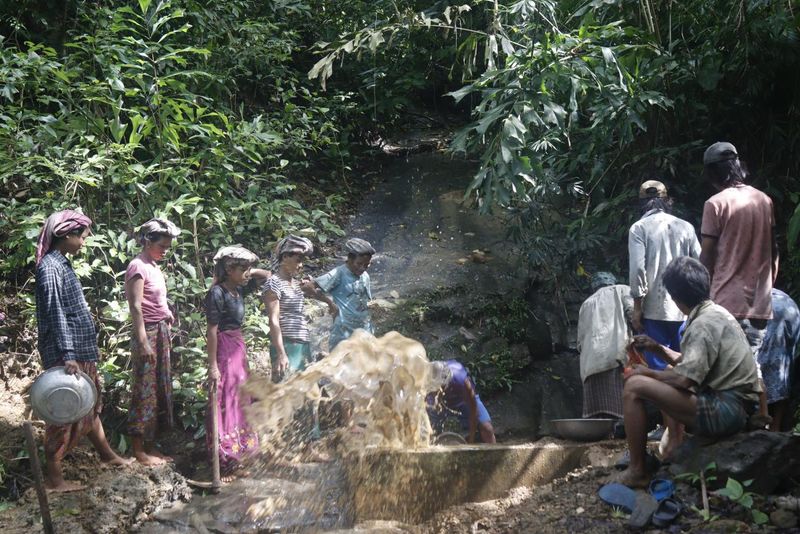
The Chittagong Hill Tracts pulse with cultural diversity—home to Marma, Chakma, and other Indigenous groups whose ancestors have shared these forests with leopards for centuries. Their traditional ecological knowledge offers valuable conservation insights.
Many communities maintain sacred groves and hunting restrictions that inadvertently created wildlife refuges. Their sustainable forest practices demonstrate how humans and predators can coexist.
Need For Enhanced Protection Measures
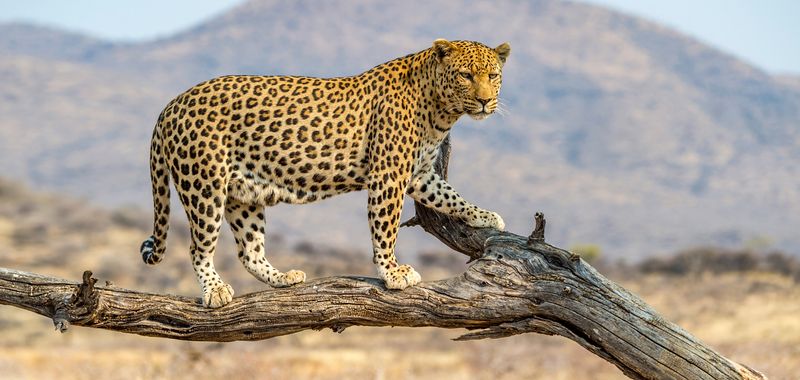
Current protection measures fall woefully short of what leopards need to survive. Forest guards lack equipment and training to patrol vast territories effectively against determined poachers.
Conservation experts advocate for expanded protected areas, wildlife corridors connecting isolated forest fragments, and stricter enforcement of existing laws. Community-based monitoring programs could extend protection reach while providing local employment.
Global Status Of Leopards
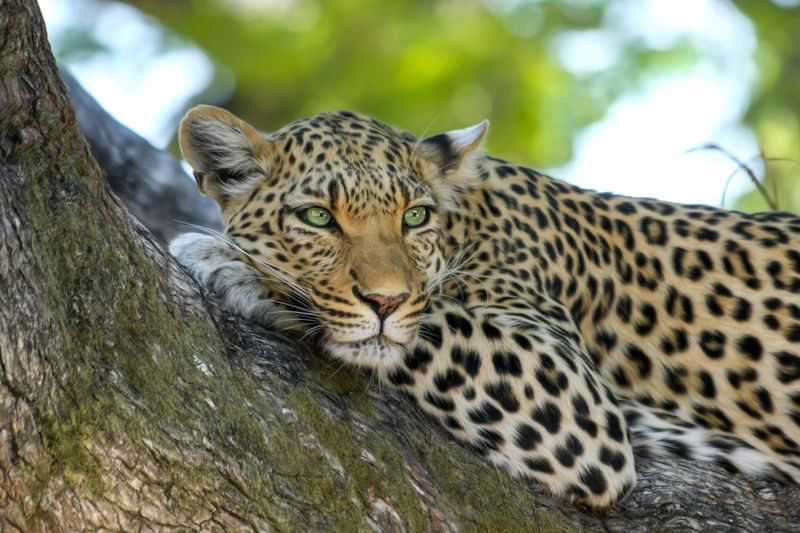
While leopards maintain viable populations across parts of Africa and Asia, their situation in Bangladesh represents a conservation emergency. The IUCN lists them as globally vulnerable but critically endangered within this country’s borders.
This disparity highlights how species can face dramatically different threats across their range. What remains stable elsewhere may teeter on extinction in specific regions.
Potential For Future Sightings
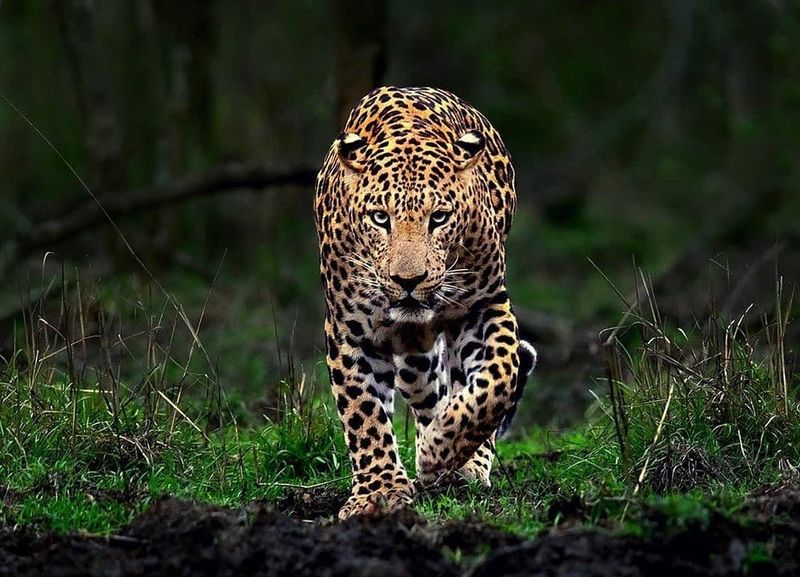
These groundbreaking leopard photographs have electrified the conservation community, sparking renewed exploration efforts. If leopards still roam these forests, what other rarities might remain undiscovered?
Researchers now deploy additional camera traps targeting clouded leopards, binturongs, and other elusive species. The dense forests likely harbor wildlife treasures waiting to be documented before they vanish forever.
Call To Action For Conservation
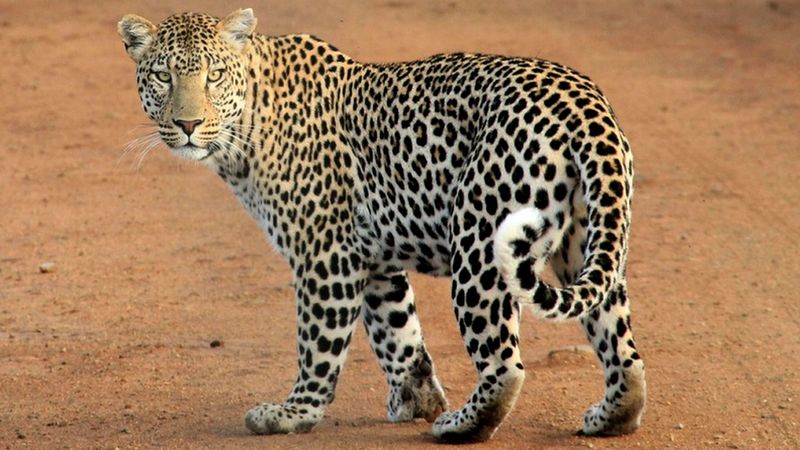
The leopard photographs serve as both celebration and warning—proof these magnificent cats still exist but reminder of how precariously they cling to survival. Without immediate action, Bangladesh could lose leopards entirely within a generation.
Conservation requires everyone’s support: government protection, scientific research, community involvement, and public awareness all play crucial roles in ensuring these spotted shadows continue moving through Bangladesh’s forests.






